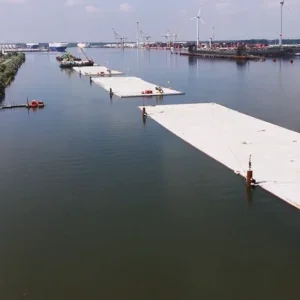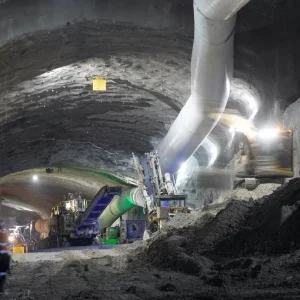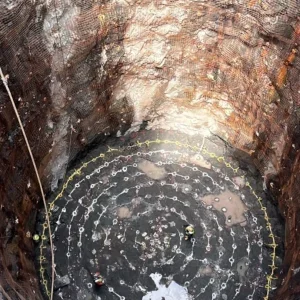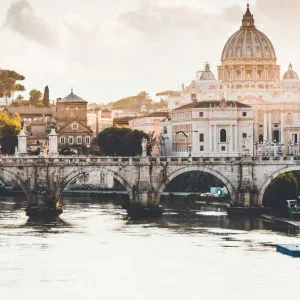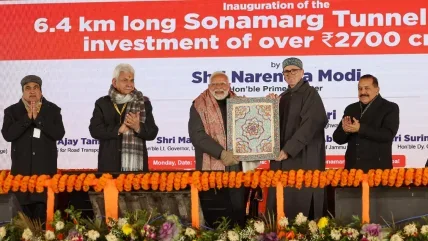
India’s Prime Minister Narendra Modi has inaugurated the Sonamarg tunnel, also known as the Z-Morh tunnel, which could improve connectivity and tourism in Jammu & Kashmir.
The 12km long Sonamarg tunnel has been constructed with around INR27bn ($311m), and comprises 6.4km of Sonamarg main tunnel, with egress tunnel and approach roads.
The two-lane bi-directional road tunnel in central Kashmir’s Ganderbal district will enable easy connectivity between Gagangir and Sonamarg.
Built at an altitude of around 8,650ft above sea level, the tunnel would facilitate all-weather connectivity between Srinagar and Sonamarg via Leh, promoting tourism in the region.
Prime Minister Narendra Modi said: “There was a festive atmosphere across the country. This tunnel will significantly ease the lives of people in Sonamarg, Kargil, and Leh.
“The tunnel will reduce the difficulties faced during avalanches, heavy snowfall, and landslides, which often led to road closures.
“It will improve access to major hospitals and ensure the availability of essential supplies, thereby reducing the challenges faced by the residents.”
The construction work on the Sonamarg tunnel started in May 2015 and it was expected to be completed by 2016-17. Its soft opening was done in February 2024.
Bypassing landslide and avalanche routes, the tunnel project is designed to ensure safer and uninterrupted access to the strategically critical Ladakh region.
It is expected to promote tourism by turning Sonamarg into a full-year tourist destination, enhancing winter tourism, adventure sports, and local livelihoods.
Together with the Zojila Tunnel, which is planned to be completed in 2028, the project will reduce the route length from 49km to 43km and increase vehicle speed from 30 to 70kmph.
The enhanced connectivity would support defence logistics and enhance economic growth and socio-cultural integration across Jammu & Kashmir and Ladakh.
Modi added: “In 2024, more than two crore tourists visited Jammu and Kashmir, with Sonamarg seeing a six-fold increase in tourists over the past ten years.
“This growth has benefited local businesses, including hotels, homestays, dhabas, clothing shops, and taxi services. Jammu and Kashmir of the 21st century is scripting a new chapter of development.”



